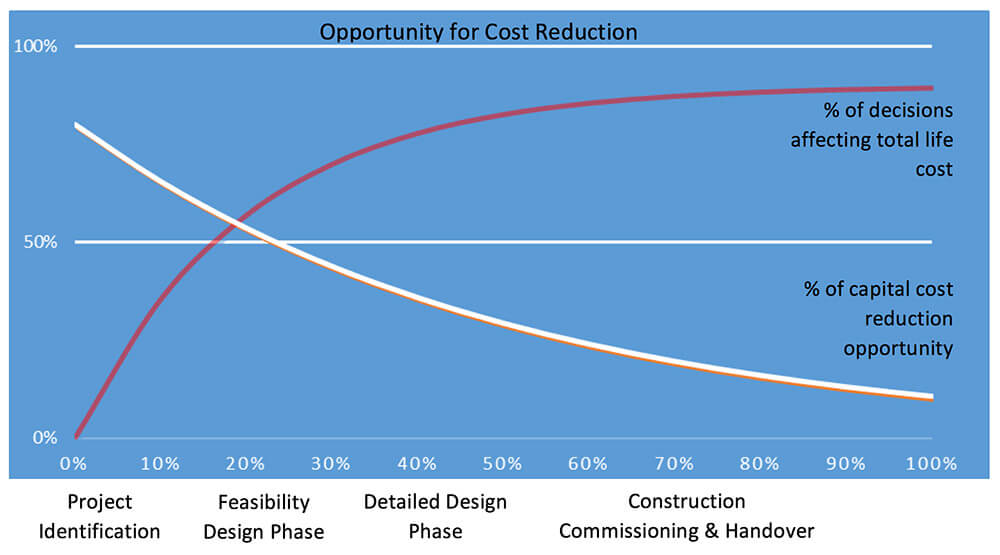Cost and Commercial Management
In a world where material and resource costs fluctuate so rapidly, it is imperative that procurement costs and contracts are as accurate as possible. Our shared local knowledge, and market intelligence, mixed with a broader perspective of the construction industry; keeps our services sharp, accurate and reliable.
From concept to post-completion, Rawlinsons provide cost planning and commercial management advice that ensures:
- Projects are completed within budget and represent excellent value for money;
- Investor and end-user investment risk is mitigated by providing comprehensive and reliable estimates based on our broad experience of projects and construction markets throughout NZ.

Contract Administration and Construction Services
Real-time project costing and reporting allows ongoing control of every project. Rawlinsons treat contract administration services equally as importantly as the earlier estimation and cost planning work.
Every client has slightly different reporting needs and Rawlinsons will adapt each reporting system to specifically reflect those needs whilst maintaining focus on the most important deliverable – forecasting a reliable out-turn cost.
Rawlinsons reporting system provides:
- Real-time project costing and generation of reports;
- Reports that clearly show the client the estimated cost at completion;
- Transparency of all known adjustments to project tendered costs, anticipated changes and a contingency allowance appropriate to the project;
- Progress payment valuations and cost to complete statements;
- A framework to negotiate and agree contract cost variations and determine final account values with the other consultants and the contractor, and a recommended final account.
Strategic Procurement & Contract Strategy
The New Zealand construction market is busier than ever, and construction prices have become more unpredictable, making the procurement process infinitely more challenging. Securing the right resources at the right time for the best price is key to delivering projects on time and within budget.
Contract procurement plays such an important part of every project, covering issues of availability, timing, cost, performance and quality. Market upheaval and timing pressures highlight the risks that various procurement options bring.
Rawlinsons are fully conversant with the relative strengths and weaknesses of the different procurement strategies, and regularly advise clients on alternatives and which strategy will be most suitable for a project or programme of work.
Rawlinsons senior staff, and in particular Andy Tiplin and Julian Donald, are Contract Procurement and Negotiation specialists with detailed knowledge of both NZ and international forms of contract and international forms of contract including:
- NZS3910, NZS3915 and NZS3916 (Design and Construct);
- NEC (Engineering and Construction Contract);
- NZIA.
Various alternative payment and incentivisation options e.g.
- Early Contractor Involvement (ECI);
- Guaranteed Maximum Price (GMP);
- Partnering;
- Frameworks.
Bank Funding Reporting
Rawlinsons bank reporting/funding experience is wide-ranging.
- In the last five years, Rawlinsons have provided reporting on projects ranging from $0.5m to $85m
- Significant South Island Irrigation Projects, Commercial Offices, Carparks, Retail, Hotels, Motels, Warehouses, High School facilities, Retirement Village developments and Aged Residential Care.
The key people representing Rawlinsons in this sector are Mark Burrows, Director – Dunedin Office and Nick Thompson, Senior Quantity Surveyor – Christchurch Office. Registered Quantity Surveyor Mark, and Nick, are supported by our core delivery team who are all long-standing experienced Senior Quantity Surveyors and follow the Rawlinsons “no surprises” approach to financial and project reviewing.
In our opinion successful bank reporting services rely not just on ‘ticking boxes’ but on casting a critical eye over the project in question, this is where we firmly believe that experienced members of staff are involved; as their experience to sniff out potential issues at the earliest stage gives banks an early ‘heads up’ and opportunity to mitigate any potential problems.
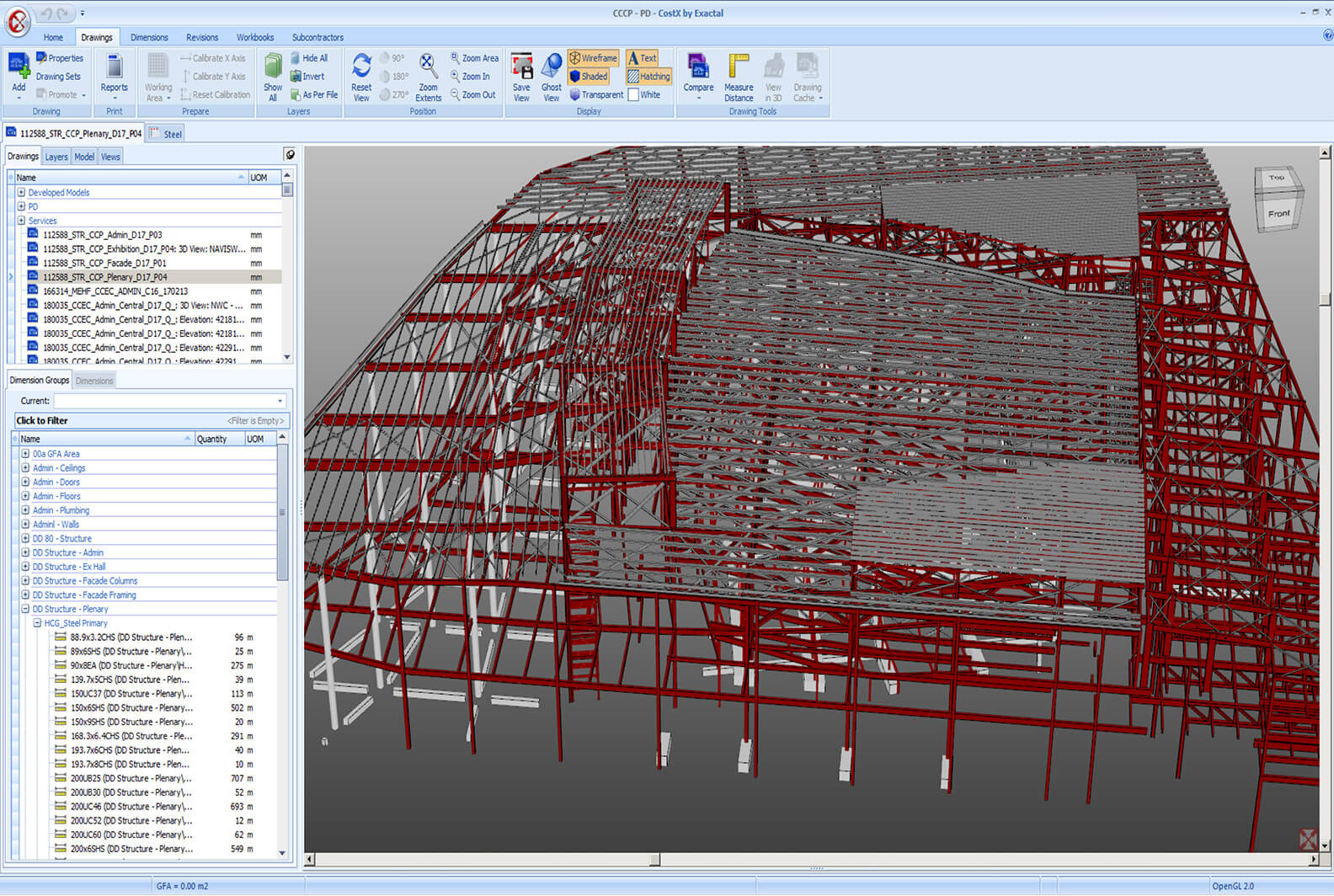
Building Information Modelling (BIM)
Building information modelling (BIM) is a process involving the generation and management of digital representations of physical and functional characteristics of places.
Building information models (BIMs) are files which can be extracted, exchanged or networked to support decision-making regarding a building or other built asset such as water, refuse, electricity, gas, communication utilities, roads, bridges, ports, tunnels, etc.
Rawlinsons have invested heavily in model-based estimating and Rawlinsons staff are trained in its use. This is the sort of specialised knowledge that Rawlinsons, using the latest BIM tools, can use to produce accurate cost estimates. Construction wisdom, not simply “counting,” is one of the real values that Rawlinsons bring to the cost estimating process.
By automating the task of quantifying, BIM allows Rawlinsons to focus on higher value project-specific factors:
- Identifying construction methodology;
- Reviewing the design and identifying both what is included and what is inferred;
- Collecting and correctly allocating market rates;
- Factoring risks;
- Producing high-quality estimates.
By using a building information model intelligently Rawlinsons can validate and expand on the drawings, take-offs, counts, and measurements. The information directly generated from the underlying model is therefore consistent with the design and when a change is made in the design – a smaller window size, for example – the change automatically ripples out to all related construction documentation and schedules, as well as the cost estimate.
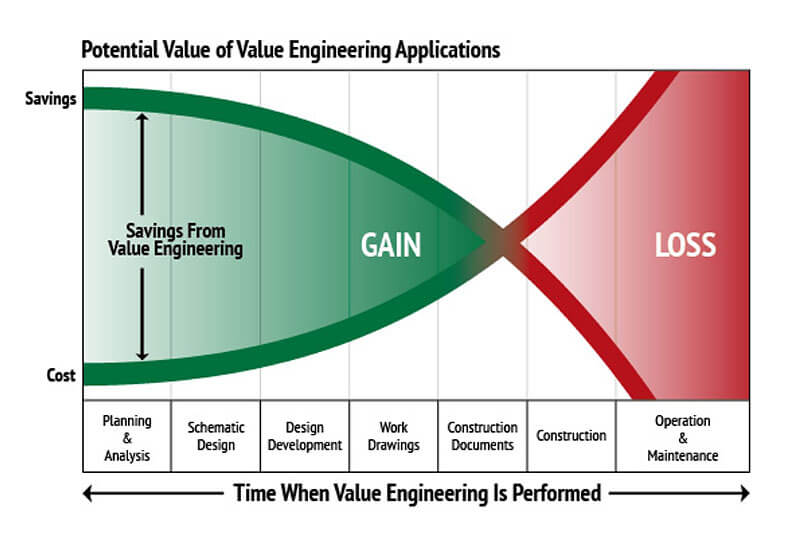
Value Management and Engineering
Value Engineering focuses on the expected outcome of a project and shouldn’t be confused with reducing scope to meet the budget. Once the outcome is clearly established, understood, agreed and defined, the process addresses the question of how the project will be delivered.
Rawlinsons believe that Value Management should be done for all projects, it is an inherent part of what we do, and provides an exceptionally powerful tool to explore a project’s objectives and aspirations from the client’s perspective.
Rawlinsons add value by ensuring that all project and stakeholder objectives are achieved during each stage of the process:
- Identification – awareness of the risk; this can be cost or viability or construction risk.
- Assessment – Estimate the likelihood and impact; what is the likely outcome.
- Evaluation – Judge the action required; what steps need to be taken to negate or reduce the risk.
- Management – Implement the solution to reduce, control or ameliorate the risk.
- Review and Update – Ensure the risk is kept live and is managed and reviewed regularly.
Rawlinsons offer Value Management services, a structured process through which the various elements and functions of a project or process are critically analysed to ensure maximum value for money. It ensures proper emphasis is placed on the facilitation process to unite creative problem solving with systematic cost management, the primary benefits of a value management exercise are:
- A clear definition of what the owners and end users mean by value, thus providing a precise basis for making decisions throughout the project;
- Optimising the balance between differing stakeholder needs and expectations;
- Creating a clear project brief that reflects the project sponsor’s priorities and expectations, expressed based on value and function;
- Improved communication between all the stakeholders so that each can understand and respect the other’s constraints, expectations and requirements;
- Ensuring the project is the most effective way of delivering business benefits and satisfying business needs;
- Providing a functional basis for design development and management, through improved communications, mutual learning and enhanced collaborative working, leading to better technical solutions with enhanced performance and quality, often through innovative solutions;
- Measuring value, considering monetary and non-monetary benefits and thus demonstrating value for money;
Engineer to the Contract
Rawlinsons directors have all practiced and continue to practice the Role of Engineer to the Contract under NZS 3910 & 3916. The Engineer must be a suitably qualified person (rather than a company or firm). He or she is appointed by the principal and has a dual role:
- expert adviser to and representative of the Principal, giving directions to the Contractor on behalf of the Principal, and acting as agent of the Principal in receiving payment claims and providing Payment Schedules on behalf of the Principal; and
- independently of either contracting party, to fairly and impartially make the decisions entrusted to him or her under the Contract, to value the work, and to issue certificates.
As ‘Principal’s agent’ we will act in the best interest of the principal and use our experience to be the principal’s expert advisor and representative. For example, when we receive payment claims, and issue progress schedules, this is done explicitly in our capacity as the principal’s agent.
When making decisions, such as approving and valuing variations, confirming unforeseen physical conditions, and granting extensions of time or valuing the contractor’s payment claims, we will do so as an impartial administrator.
Any disputes between the contractor and the principal are referred to the Engineer for an Engineer’s determination. When acting as the Engineer we will strive to properly perform the quasi-judicial role in good faith, following the rules of natural justice.
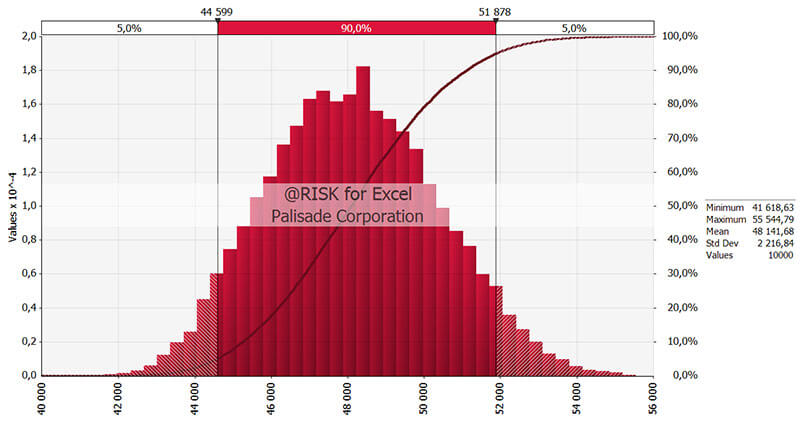
Quantitative Risk Assessment
Quantitative risk management is the process of converting the impact of risk on the project into numerical terms. This numerical information is frequently used to determine the cost and time contingencies for the project.
Rawlinsons offer Quantitative Risk Assessment (QRA) as an additional service to clients that need more in-depth analysis of their project’s risk-profile. Julian Donald and Mo Ibrahim use the relevant tools and their local, national and international experience to provide a full range of QRA analysis and reporting.
Risk management is usually done through a formal process which consists of the following steps:
- plan risk management;
- identify risks;
- perform qualitative risk analysis;
- perform quantitative risk analysis;
- plan risk responses and;
- control risks;
Rawlinsons can facilitate, lead and provide input to a project-specific workshop in which all parties are encouraged to use their expertise to identify project risks. Following the workshop, we then perform a software-based analysis of the results to determine the likelihood of each risk and assign costs. Rawlinsons then assess the overall impact of the risk profile on the project budget and provide a report that clients can use to determine the possible viability of the project.
Whole Life Cost
The emergence of facilities management and Public Private Partnerships (PPP) is making it vital for occupiers, developers and construction teams to consider how much a building will cost to occupy. This can be as much as 10 times the capital cost over a 25-year lifespan.
Life Cycle costing is intensifying within the construction industry. Its growing recognition is multi-faceted but implications from the Treasury Report on Cost Benefit Analysis, client requirements for total cost throughout a building’s life and the ever-increasing influence of BIM are significant factors.
By having a better understanding of ongoing overheads, along with future environmental and social costs of their assets allows a business to plan more accurately and have a better appreciation of their impact on the world around them.
Our people led by Director Lawrie Saegers have an in-depth understanding of all aspects of lifecycle costing, helping you effectively plan your asset’s future.
What are the benefits of Whole Life Costing for companies?
- encouraging analysis of business needs and communication of those to the project team;
- optimising the total cost of ownership/occupation by balancing initial capital and running costs;
- ensuring risk and cost analysis of loss of functional performance due to failure or inadequate maintenance;
- promoting realistic budgeting for operation, maintenance and repair;
- encouraging discussion and recording of decisions about the durability of materials and components at the outset of the project;
- providing data on actual performance and operation compared with predicted performance for use in future planning and benchmarking.
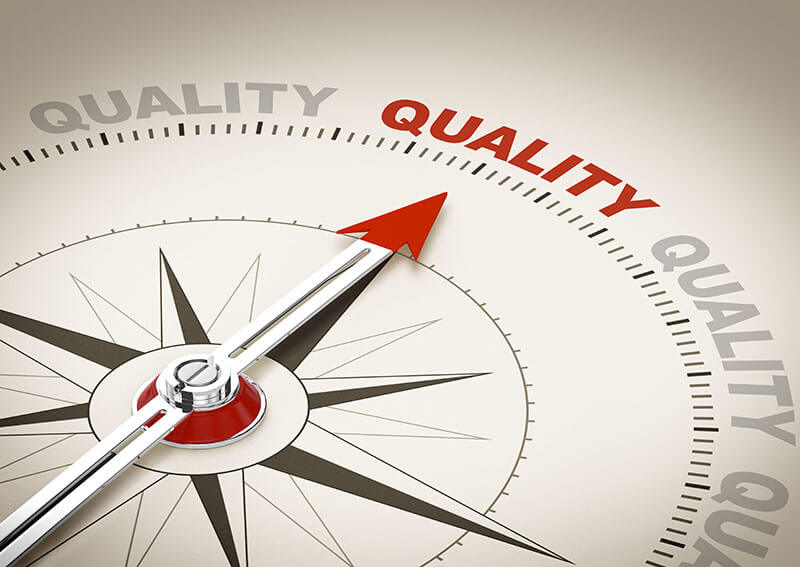
Quality Assurance System
Rawlinsons maintain a mandatory company-wide Quality Assurance System that incorporates a Quality Assurance Manual.
Rawlinsons have robust procedures and standards for management and staff across all aspects of our services, including:
- QA controlled documents and templates that are monitored and updated by a Director on a consistent national basis;
- Sign off procedure whereby senior authorised staff review and sign off technical documents and reports;
- Procedures for independent bulk checking of all estimated and measured quantities are outlined;
- Estimate checklists and review protocols;
- A standardised digital file structure and document identification protocols;
- And most importantly – a strong culture of internal peer review of work both within each office and nationally by sector specialists.
Delivering Intelligent Cost Solutions
with remarkable results.
